Haw Par Villa

Image by: National Archives of Singapore
On Pasir Panjang Hill lies Haw Par Villa, a cultural park where generations of Singaporeans have visited over the decades.
Elevated and facing the sea, the site was regarded as so fortuitous that brothers Aw Boon Haw and Aw Boon Par — developers of Tiger Balm products — bought the land in 1935, when they relocated here from Myanmar. A fabulous Art Deco villa was built, but was bombed by the Japanese during World War II, and then demolished after the war ended. From the 1940s to the 1970s, the Aw family filled the sprawling grounds with figurines, heralded by an archway guarded by a tiger (‘haw’ in Chinese dialect) and a leopard (‘par’ in Chinese dialect). The 'pool' had mermaids, stone renditions of wildlife including rhinoceros, kangaroos, and gorillas were scattered across caves and grottos. 1,000 statues and 150 colourful dioramas depicted Chinese folklore with a moral edge, including the 'Ten Courts of Hell' where souls were punished for crimes, in gory detail. Aw Boon Par’s son, Aw Cheng Chye, added global icons such as the Statue of Liberty, to reflect his passion for travel. Known as Tiger Balm Gardens in the early years, the park was free to the public, drawing in thousands who marvelled at the scenes.
In 1985, Singapore Tourism Board (STB) took over management of the park, and began revitalisation work to boost tourism. Renamed as Dragon World, with boat rides, theatres, and special effects, it was marketed as a Chinese mythological theme park and charged admission fees. In 2001, Dragon World ceased operations, the dragon was removed, and the grounds reverted to a free public park.
In 2015, STB contracted heritage-based travel company, Journeys, to manage the place. In 2021, the park was enhanced with night lighting and extensive conservation work the statues. The Ten Courts of Hell became part of an upgraded and expanded Hell’s Museum, which houses an indoor gallery depicting death and the afterlife across different religions. Hell’s Museum charges admission fees but the park retains its free entry.
Cultural events enliven the space and ticketed guided tours, such as ‘Tiger Tiger Burning Bright’, fill in the details on the Aw family, the origins of both Tiger Balm and Haw Par Villa. Their stories of turbulent tragedies and meteoric rises to success add further layers to this memorable place.
Haw Par Villa remains an important #heritage park for Singaporeans to learn about Chinese culture, where visitors can wander in free, to wonder at the visions of a legendary Singapore family.
________
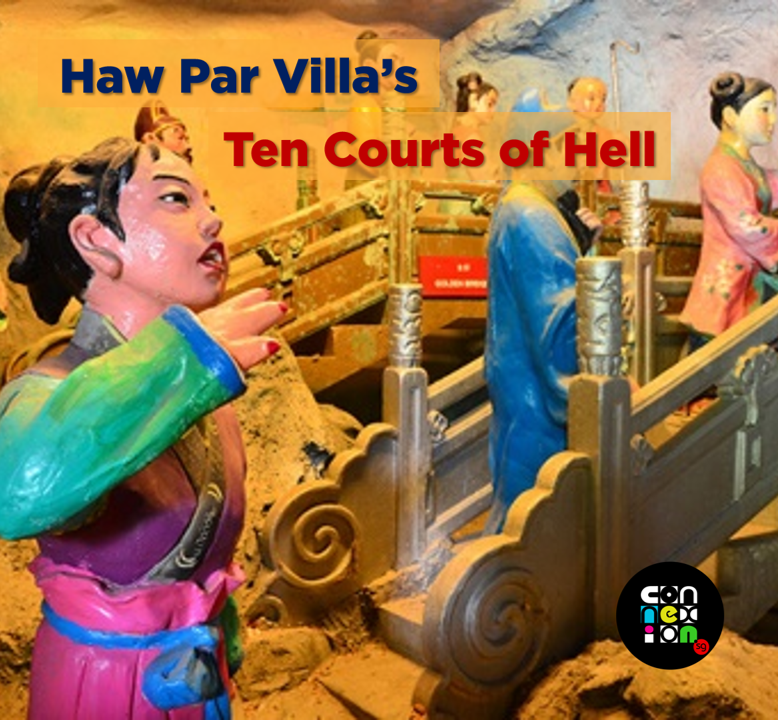
|
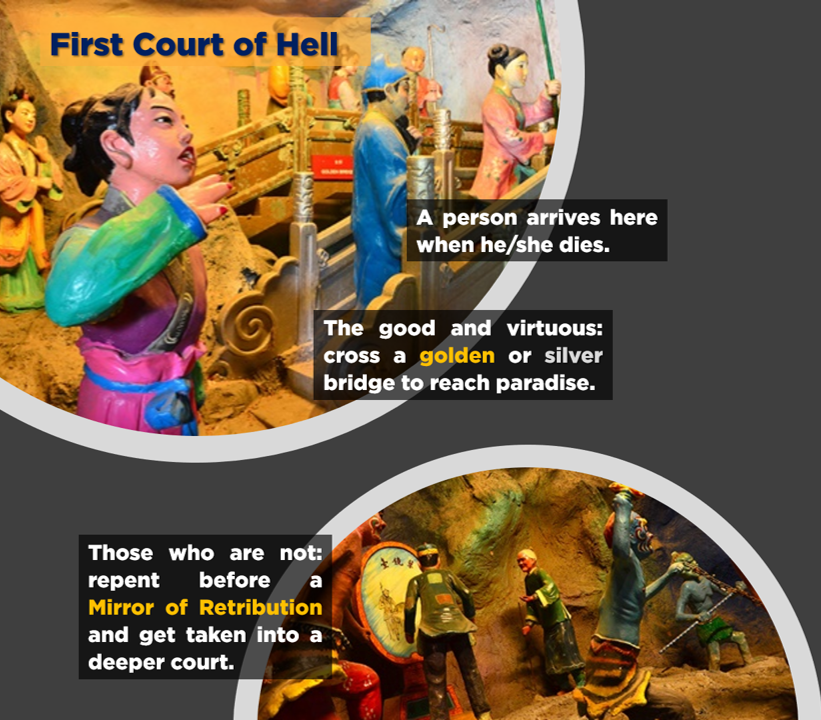
|
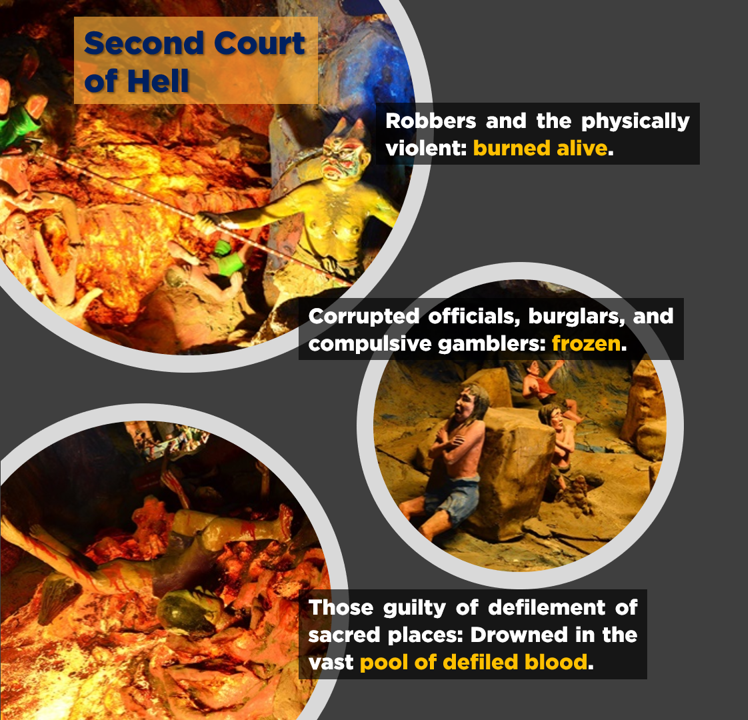
|
|---|---|---|
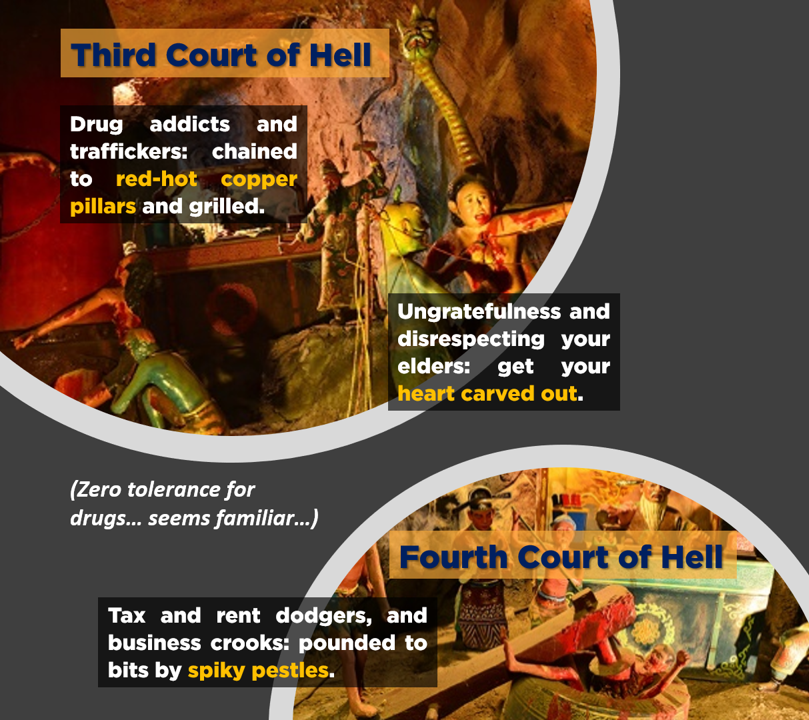
|

|
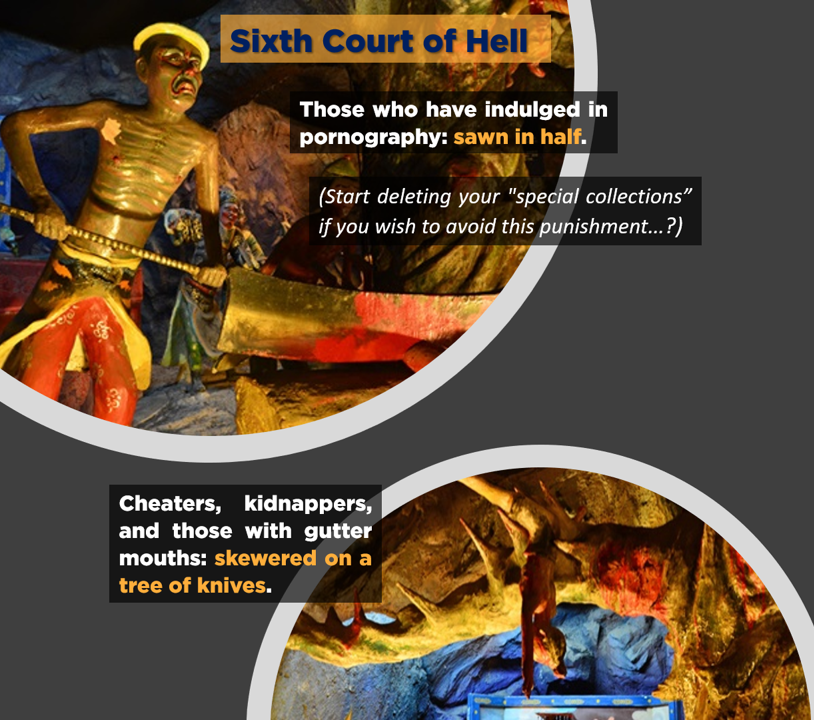
|
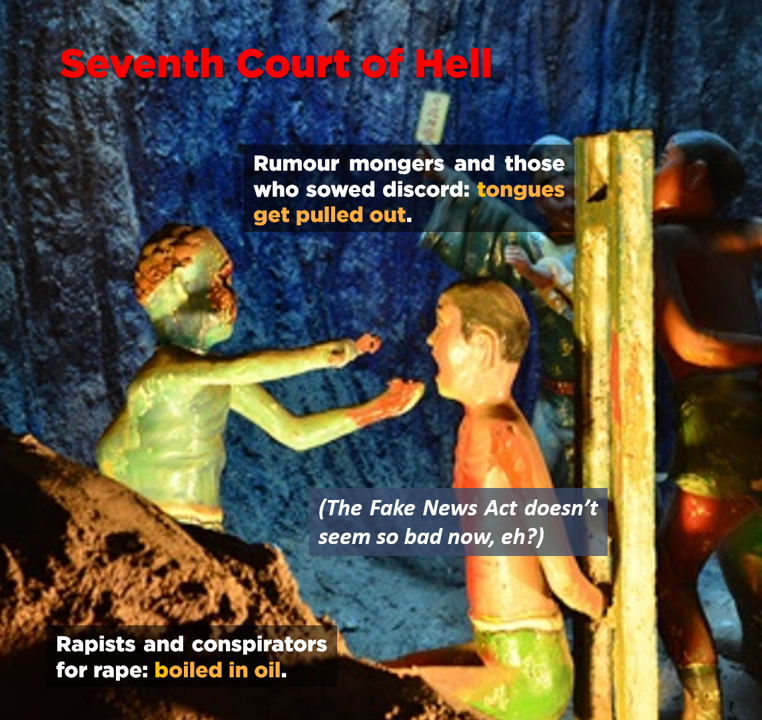
|
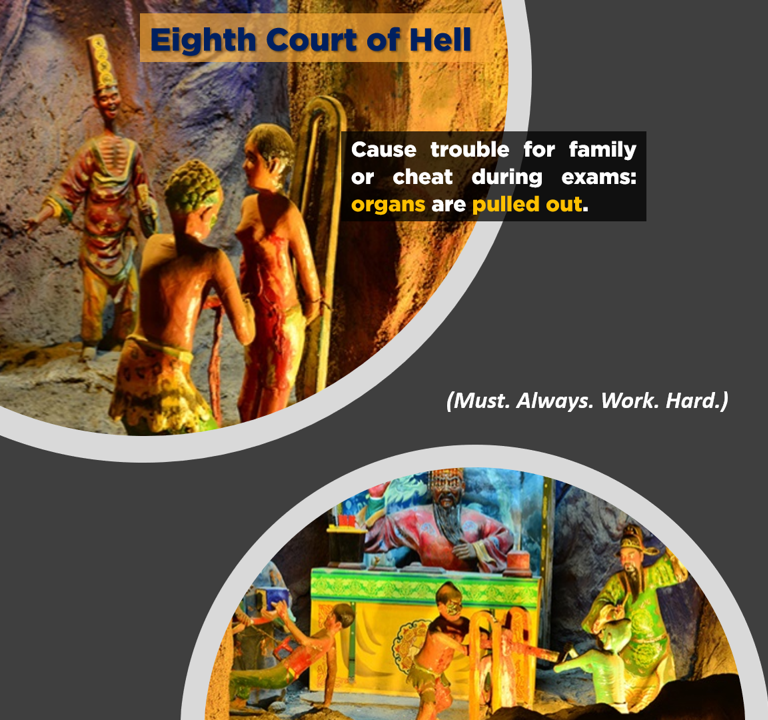
|
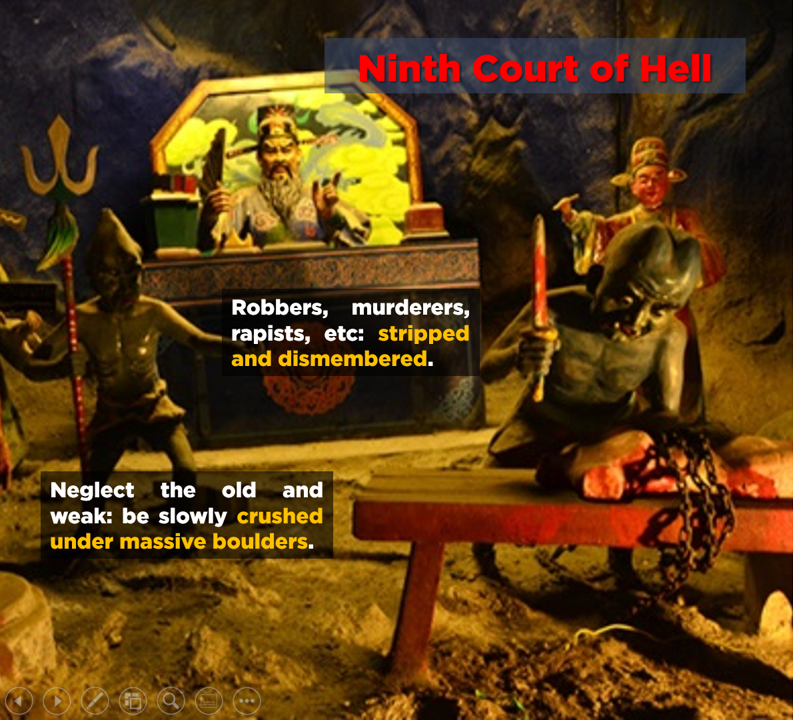
|
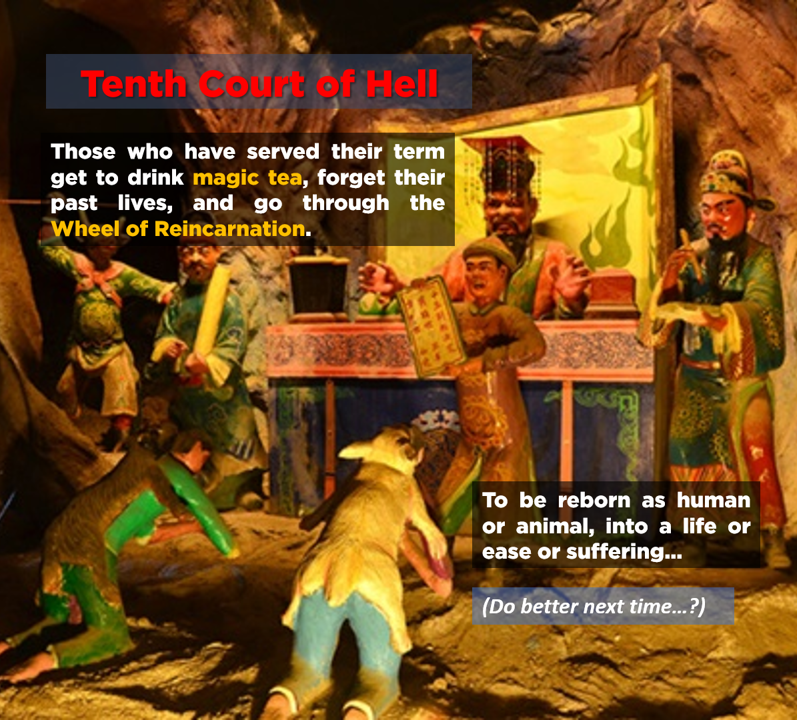
|
In the 1980s, Haw Par Villa was an early form of “edu-tainment” for Singaporean parents. A must-visit family outing where its most iconic attraction – The Ten Courts of Hell – had a vivid way of telling cautionary tales. Set inside a dark space, the statues in the Ten Courts of Hell preached messages of morals and Confucian ethics as well as Chinese mythology. And their gory stories left many Singaporean kids scared - and scarred - into behaving better.
Today, the Ten Courts of Hell is part of an upgraded and expanded Hell’s Museum, which houses an indoor gallery depicting death and the afterlife across religions. The depictions of horrible punishment for bad behaviours are all there.
But do parents today still think it’s a good way to teach kids to behave? Is visualising all that torture an effective method or is it a case of, uhm, overkill? #GoneOrOn?

